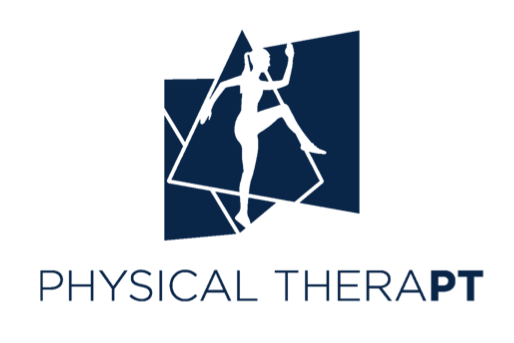The show must go on! For so many performers and athletes, sitting on the sidelines isn’t an option. Kinesiology taping can be a beneficial treatment modality to help minimize time off when combined with progressive reloading. A 2018 case study demonstrated successful conservative management of FHL tenosynovitis with care including kinesiology taping, manual therapy, rehabilitative exercise, and laser therapy. The patient was able to continue two hours of dance training per day within the first two months of treatment, and gradually build back to 6 hours per day without re-aggravation of the condition.
Figure 2 Kinesiology tape application to the FHL. The ankle was dorsiflexed and pronated with no stretch in the tape as it was applied. This application provided a “lifting” of the skin as the patient assumes a plantarflexed ankle position.
When working with performers, presentation matters. While neon colored kinesiology tape may be permissible for other athletes, dancers may need to prioritize appearance. Enter KTape MySkin. This simple design change allows for all athletes to receive the support and care they need to perform at their highest potential.
Dance medicine providers or teams can order a mixed box to ensure that each performer has a color that matches their skin tone, allowing the audience to focus on the dancer rather than their injury.
To learn more, check out this article:
Wentzell M. Conservative management of a chronic recurrent flexor hallucis longus stenosing tenosynovitis in a pre-professional ballet dancer: a case report. J Can Chiropr Assoc. 2018;62(2):111-116.









